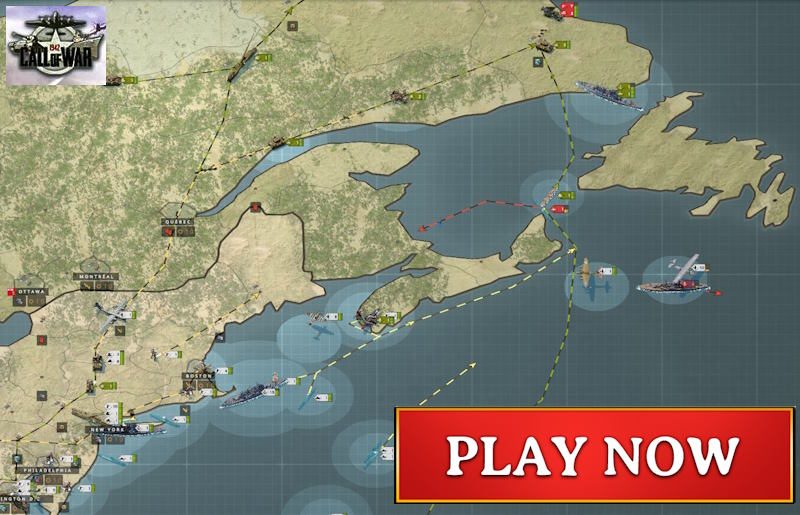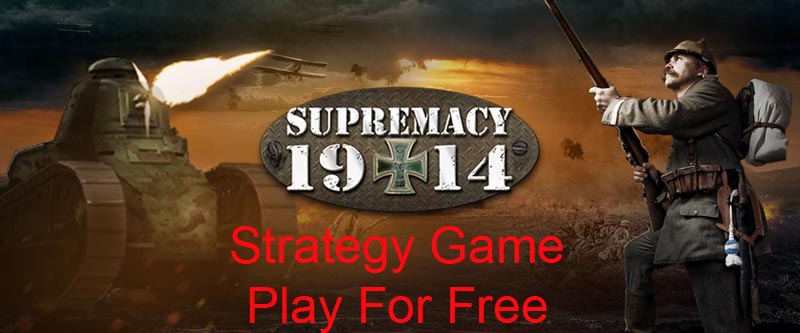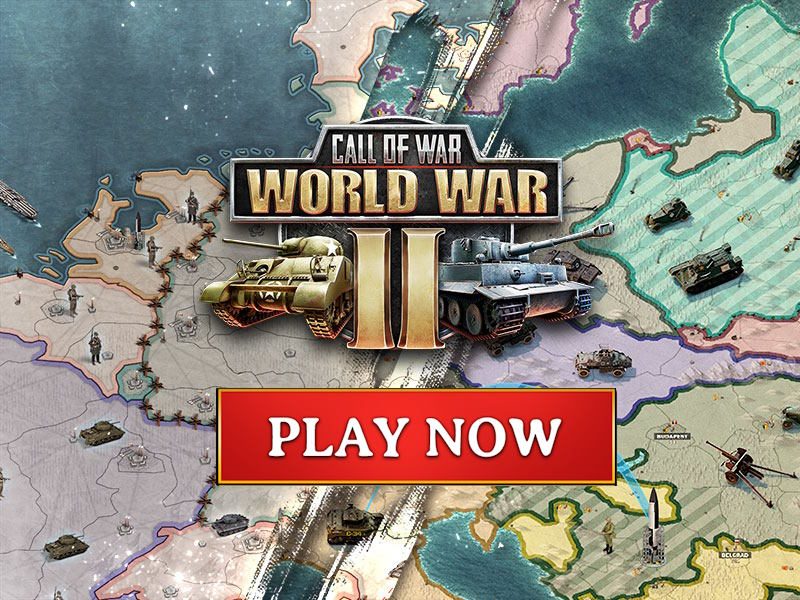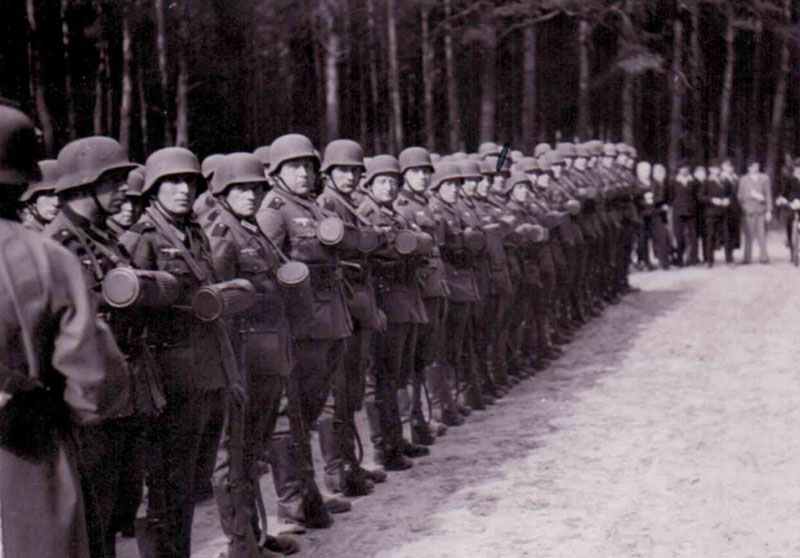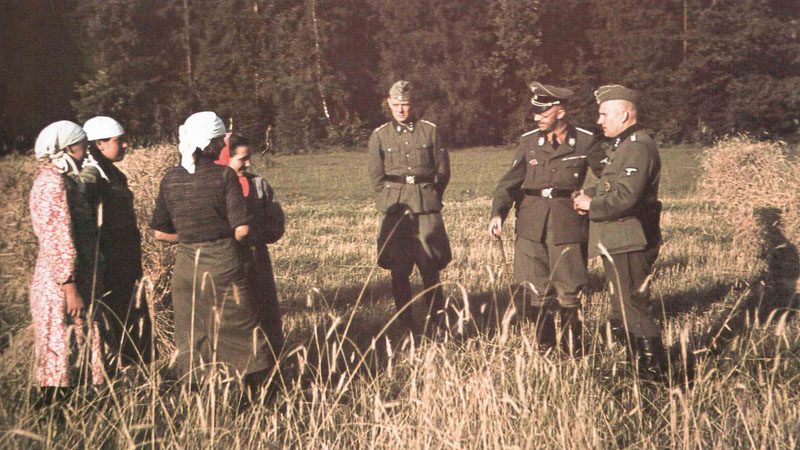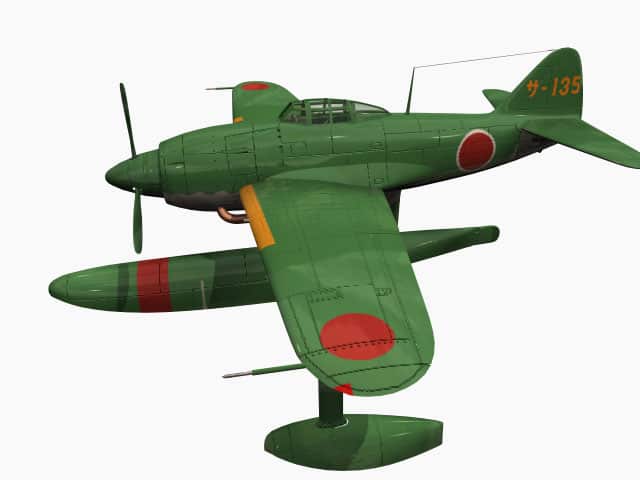Japanese submarine class of the Second World War.
History, development, service, specifications, pictures and 3D model.

Japanese submarine cruisers
Table of Contents
The Imperial Japanese Navy (IJN) developed some of the most unusual and ambitious submarine designs of World War II. Unlike most navies, which focused on attack submarines, Japan invested heavily in submarine cruisers—large, long-range subs capable of carrying aircraft or large numbers of torpedoes for strategic missions.
Overview
I-15 Class (Type B1 Submarines)
– Role: Long-range reconnaissance and attack submarines.
– Features: Equipped with a small **Yokosuka E14Y “Glen” floatplane** for scouting; Displacement: ~2,600 tons (submerged); Armament: 6 torpedo tubes, deck gun, and the aircraft hangar.
– Service: Operated across the Pacific, conducting reconnaissance (including scouting Pearl Harbor before the attack) and commerce raiding.
I-9 Class (Type A1 Submarines)
– Role: Command and control submarines with aircraft capability.
– Features: Larger than the I-15 class; Displacement: ~3,600 tons (submerged); Carried a floatplane for long-range scouting; Designed as **flagship submarines** to coordinate operations.
– Service: Used for reconnaissance and command duties, but only a few were built.
I-16 Class (Type C1 Submarines)
– Role: Attack submarines, optimized for carrying **midget submarines** on special missions.
– Features: Displacement: ~3,600 tons (submerged); Carried a Type A midget submarine externally on deck; Strong torpedo armament.
– Service: Most famous for launching midget subs during the Pearl Harbor attack; Also used in other special operations, including attacks on Allied harbors.
I-361 Class (Type D1 Transport Submarines)
– Role: Transport and supply submarines.
– Features: Displacement: ~1,500 tons (submerged); Lightly armed compared to other classes; Focused on carrying cargo, troops, or supplies to isolated island garrisons.
– Service: Used extensively later in the war when Japan’s surface fleet could no longer resupply outposts safely. Some were converted to kaiten (manned suicide torpedo) carriers in 1944–45.
I-400 Class (Type AM Submarines – “Submarine Aircraft Carriers”)
– Role: Strategic strike submarines, the largest of WWII.
– Features: Displacement: ~6,500 tons (submerged) – the largest submarines of the war. Carried three Aichi M6A1 Seiran floatplanes in a watertight hangar. Range: Could circumnavigate the globe 1.5 times without refueling.
– Service: Designed to launch surprise airstrikes on distant targets, including the **Panama Canal** and U.S. naval bases. War ended before they could be used in their intended role. Captured by the U.S. Navy in 1945 and later scuttled.
Summary:
– I-15 class: reconnaissance subs with floatplanes.
– I-9 class: command subs with floatplanes.
– I-16 class: special-operations subs (midget sub carriers).
– I-361 class: transport/kaiten carriers.
– I-400 class: giant submarine aircraft carriers, among the most ambitious naval designs of WWII.
Japanese I 15 class
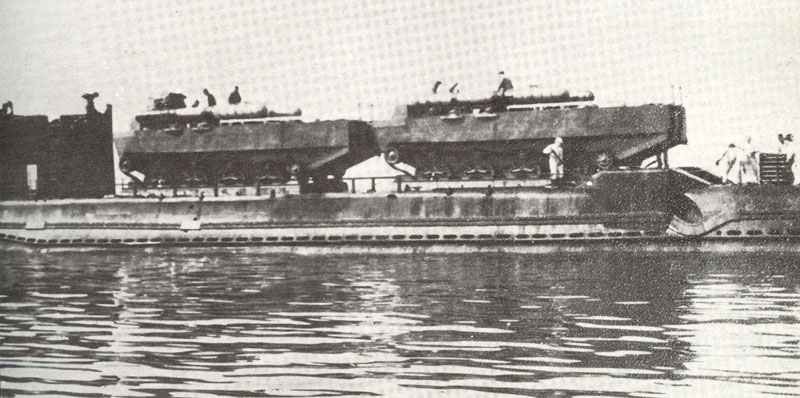
I 15 submarine class (20 subs).
Type: Japanese submarine class, launched 1939-1942.
History
These Japanese submarines, designated Type B, were scouting craft designed to work in conjunction with the Type A headquarters submarines. They were developed from the Type KD6 and construction was carried out parallel with that of the Type A and Type C submarine.
For scouting the I 15 Class submarines carried a single float plane stowed in sections inside a small circular hangar extending forward of the conning tower. On the deck casing forward of the hangar there was a catapult reaching almost to the bows.
In order to simplify design and construction and to speed delivery of the boats, as many aspects of the design equipment as possible were made common to all three types. Machinery was thus identical to the Type A I9 Class, though bunkerage was reduced and the radius of action was thus 2000 nautical miles less. Armament was the same as in I9 Class, except that only 17 torpedoes were carried.
Initially only six submarines (I 15 – I 25) were ordered to this design under the 1937 Program, but under the 1939 Program a further 14 vessels were ordered. The boats entered service between September 1940 and April 1943 having been built at Kure navy yard (I 15, I 26, I 30, I 37), Yokosuka navy yard (I 17, I 23, I 29, I 31, I 36), Mitsubishi Kobe (I 19, I 25, I 28, I 33, I 35), Kawasaki Kobe (I 21) and Sasebo navy yard (I 27, I 32, I 34, I 38, I 39).
During the war a number of units had a 140-mm (5.5-in) gun added in front of the conning tower to enable the boats to act as attack submarines. Towards the end of 1944 I36 and I37 were modified to carry four Kaiten suicide submarines.
Animated 3D model of Japanese submarine I 19 of the I 15 class
Specifications for I 15 class
Specifications:
I 15 class | specification |
|---|---|
Displacement | 2,584 tons surfaced; 3,654 tons submerged |
Length | 356 ft 6 in |
Bream | 30 ft 6 in |
Draught | 16 ft 9 in |
Machinery | 2-shaft diesels, 2 electric motors |
Power | 12,400 hp surfaced; 2,000 hp submerged |
Speed | 23.8 kts surfaced; 8 kts submerged |
Range | 14,000 nm surfaced; 30 nm submerged |
Crew | 94 |
Armament:
I 15 class | specification |
|---|---|
Main Armament | 6 x 21-in torpedo tubes with 17 torpedoes |
Secondary Armament | 1 x 5.5-in gun |
Anti-Aircraft | 2 x 1-in guns |
Aircraft | 1 floatplane |
Service Statistics:
Submarine | launched | fate |
|---|---|---|
I 15 | 3/1939 | war loss 2/11/42 |
I 17 | 7/1939 | war loss 19/8/43 |
I 19 | 9/1939 | war loss 25/11/43 |
I 21 | 2/1940 | war loss 29/11/43 |
I 23 | 11/1939 | marine casualty 14/2/42 |
I 25 | 6/1940 | war loss 3/9/43 |
I 26 | 4/1940 | marine casualty 25/10/44 |
I 27 | 6/1940 | war loss 12/2/44 |
I 28 | 12/1940 | war loss 17/5/42 |
I 29 | 9/1940 | war loss 26/7/44 |
I 30 | 9/1940 | war loss 13/10/42 |
I 31 | 3/1941 | war loss 12/5/43 |
I 32 | 12/1940 | war loss 24/4/44 |
I 33 | 5/1941 | marine casualty 13/6/44 |
I 34 | 9/1941 | war loss 13/11/43 |
I 35 | 9/1941 | war loss 22/11/43 |
I 36 | 11/1941 | surrendered and scuttled |
I 37 | 10/1941 | war loss 19/11/44 |
I 38 | 4/1942 | war loss 12/11/44 |
I 39 | 4/1942 | war loss 26/11/43 |
References and literature
Fighting Ships of the World (Antony Preston)
Kriegsschiffe von 1900 bis heute – Technik und Einsatz (Buch und Zeit Verlagsgesellschaft)
The Illustrated Directory of Warships from 1860 to the present day (David Miller)
Kriegsschiffe 1939-45 (Heyne-Bildpaperback)
Flotten des 2. Weltkrieges (Antony Preston)
U-Boote seit 1919 (Antony Preston, John Batchelor)
The Encyclopedia of Weapons of World War II (Chris Bishop)


